
February 9, 2022
The sun is warming, the birds are singing, and each day is a step closer to the long-awaited spring! If you’re already planning out your vegetable garden, dreaming of bright bursts of colorful annuals, and eager to get your hands back in the soil, you aren’t alone. Now is the perfect time for planning, though,…
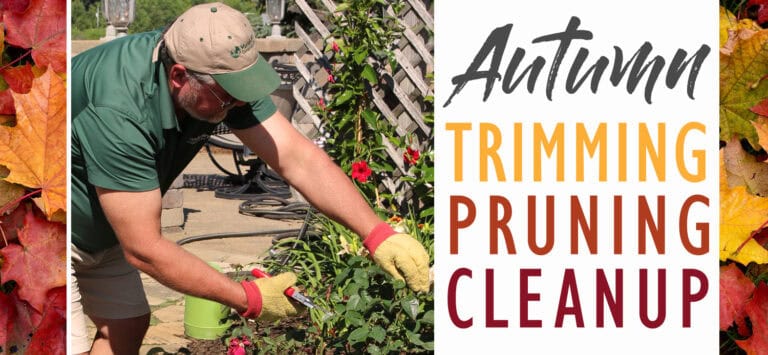
September 29, 2021
To cut down, or not to cut down? Now that fall has arrived, many gardeners find themselves wondering whether they should cut back their perennials and seasonal plantings now or wait until spring. For most perennials, the answer depends on what you want from your landscape during the winter months. If your concept of the…
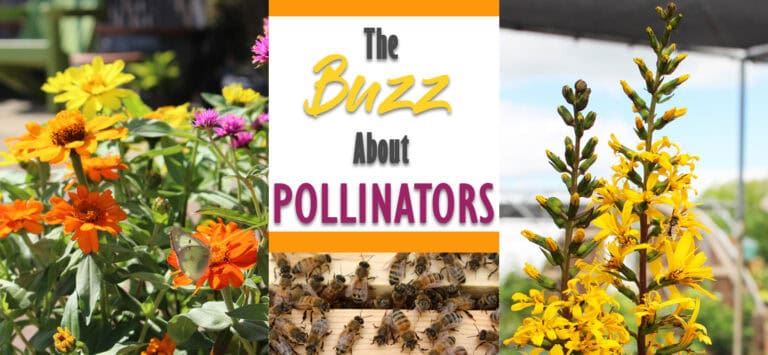
June 24, 2021
Summer is in full swing, the gardens are full of luscious plants and beautiful blooms, and you probably have seen a wealth of insects, birds, and butterflies buzzing around your yard and beds. These small creatures, also known as pollinators, play a crucial role in plant reproduction and sustaining our ecosystems. In fact, 75% –…
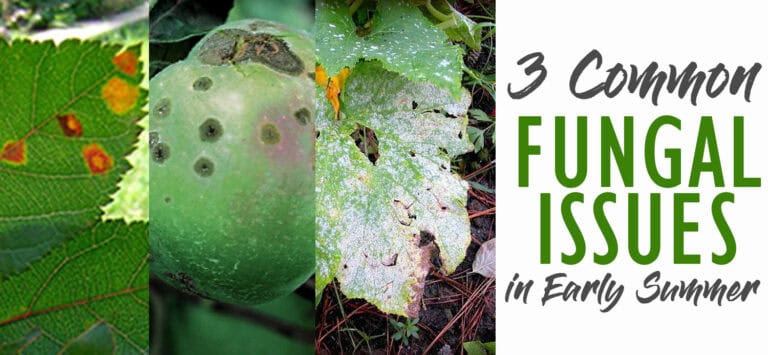
June 2, 2021
Early summer brings with it the excitement of watching your beds bloom, your vegetables sprout up, and your trees blossom. But the unwelcomed presence of fungus can put a damper on your yard, affecting your garden’s yield, damaging foliage, and inhibiting growth. The good news is that most fungal problems can be solved and prevented…
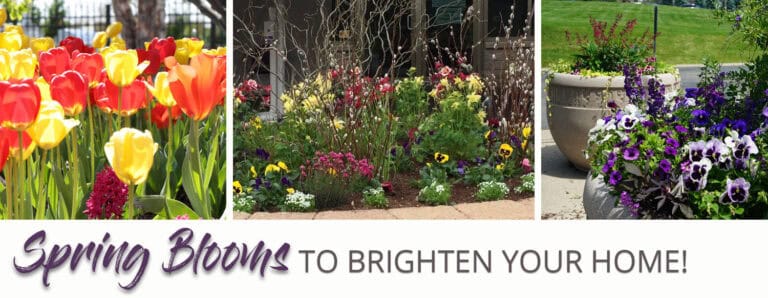
March 31, 2021
We’ve reached that unique time of year when the sun begins to warm our daytime hours, but the ground is still cool and the nights downright frosty (literally). And chances are, your beautiful winter container arrangements are beginning to look…. well… a little crispy. Its the time of year that makes us all eager for…
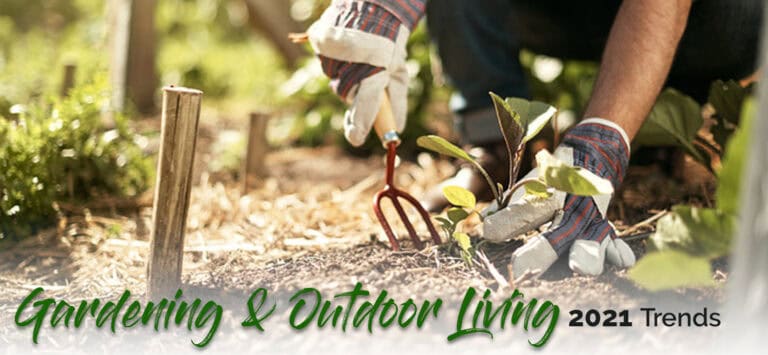
March 8, 2021
Spring is nearly here and we can’t wait to get back outdoors! 2020 brought with it a huge surge of interest in gardening, outdoor living, and other home-related activities. In 2021, we’ll see the influence of this evolving appreciation as we dig back in to the spring season! Sustainable gardening is the idea of using…
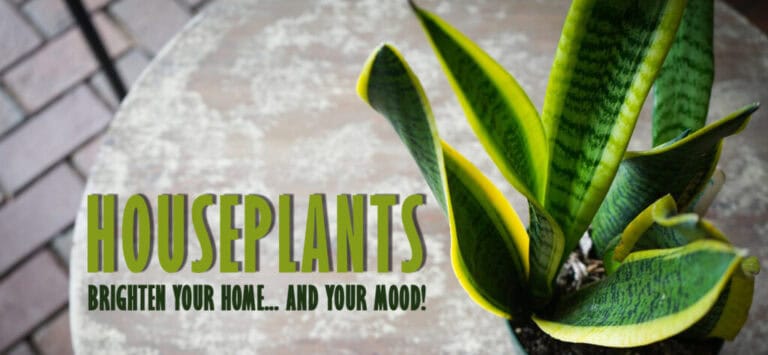
October 21, 2020
The weather is cooling and, for many of us, we find ourselves moving increasingly toward indoor hobbies and activities. If you’re an avid gardener, though, this can be a tough transition that leaves you itching to dig in the soil, quietly nurture your garden, and watch your plants grow and thrive. A growing trend in…

June 30, 2020
On a hot and sunny holiday like the Fourth of July there are few things more satisfying than a light and fresh cocktail. We love to mix our cocktails with fresh garden herbs and fruits to make the perfect red white and boozy cocktail. Here are two of our favorites with a special holiday twist!
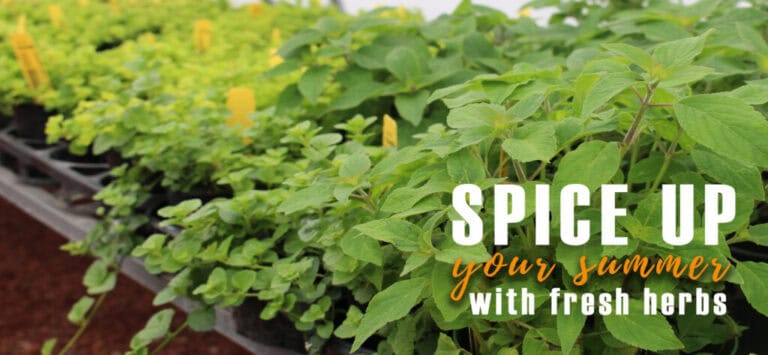
June 3, 2020
Nothing says “Summer” like the taste of a cool, freshly-muddled drink or the savory aroma of a crisp, garden dish on a hot night. The use of herbs can enhance just about any meal or drink and growing your own will supply you with a bounty of flavorful ingredients, attractive plantings, and gorgeous patio aromas…









